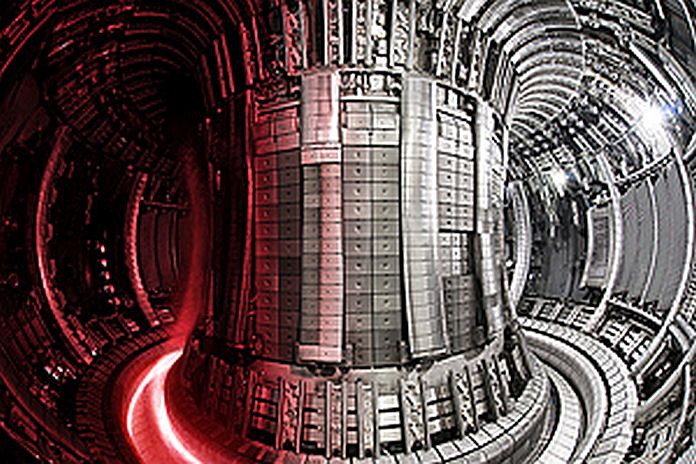By Caribbean News Global ![]()
LONDON, England – The UK Atomic Energy Authority (UKAEA) which researches the development of nuclear fusion energy and its related technologies signed a four-year Engineering Design Services Framework with nine companies.
The framework will allow companies to work closely and enable UKAEA to call upon a broad range of engineering and technical skills as UKAEA’s range of activities (in fusion research, powerplant design, robotics, materials, and other technology areas) continues to flourish.
The companies which are part of the framework are Assystem, DBD, Rolls-Royce, Jacobs, Frazer Nash, Atkins, IDOM, Mott MacDonald, and M5tec.
“It will be vital in the mission to develop commercial fusion power, while also helping to grow the UK economy by ensuring industry are fully involved. The arrangement means UKAEA can call upon experts as and when needed to undertake a range of projects. There is also the opportunity for providers to work together on initiatives costing more than £100,000.”
Paula Barham, UKAEA head of procurement, said: “This framework brings exciting opportunities for UKAEA; to work collaboratively with the supply chain and maximise the potential value within those relationships. This is vital to UKAEA succeeding and positioning the UK as a leader in sustainable nuclear energy.”
The collaboration features companies with a background in some, or all of, the following: mechanical engineering, process engineering, computer-based modelling and simulations, minor structural engineering for design, specialist nuclear services, and electrical, control and instrumentation (EC&I).
One example of how the arrangement could work is the delivery of a feasibility study – or concept design – for STEP.
STEP is the Spherical Tokamak for Energy Production, a UKAEA programme to design and build the world’s first compact fusion reactor by 2040.
Gary Stables, engineering design office group leader at UKAEA, said: “I look forward to working closely with our industrial partners, and working together to solve some of the challenges we will encounter on the road to a commercially viable fusion powerplant.”





